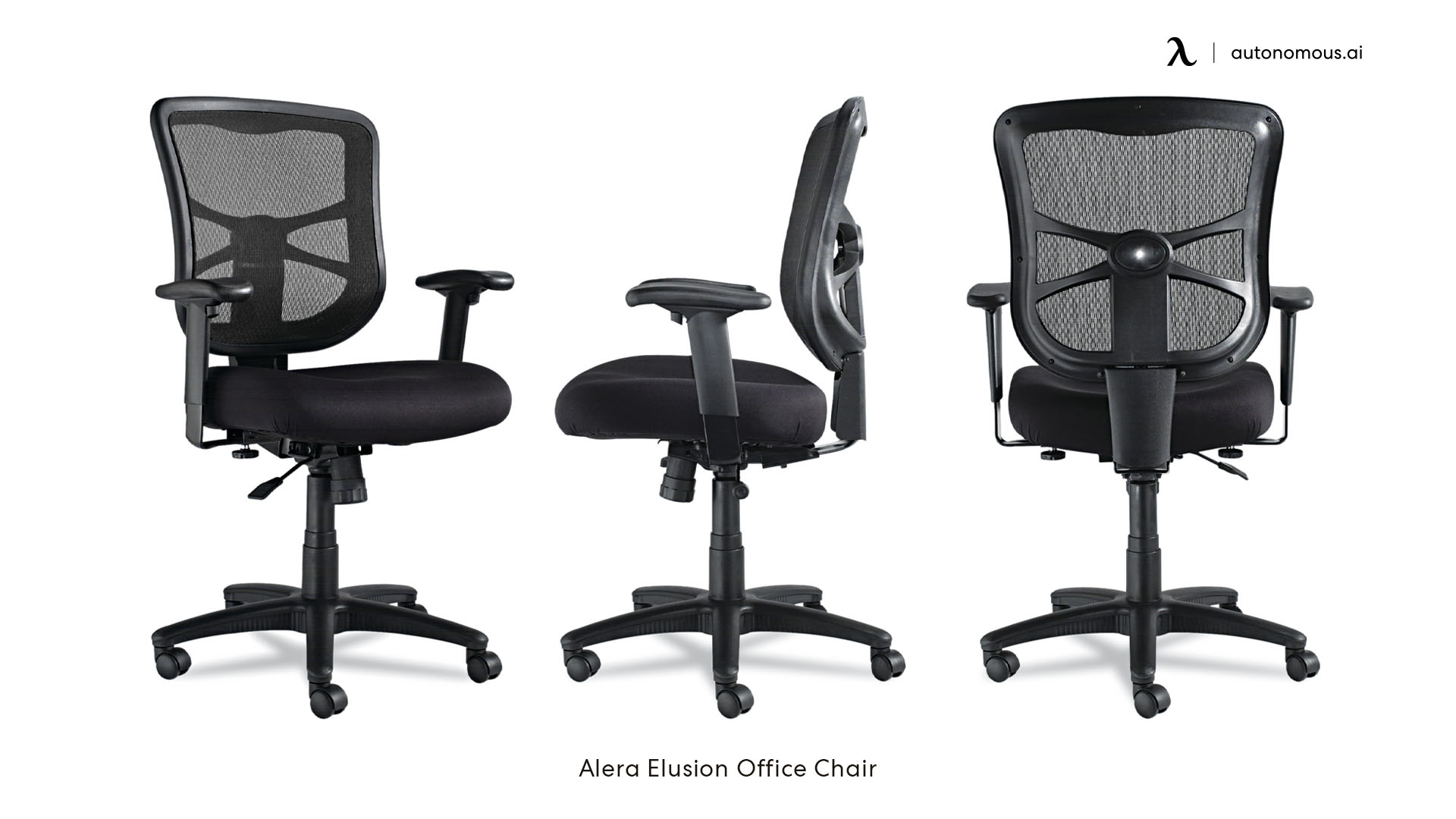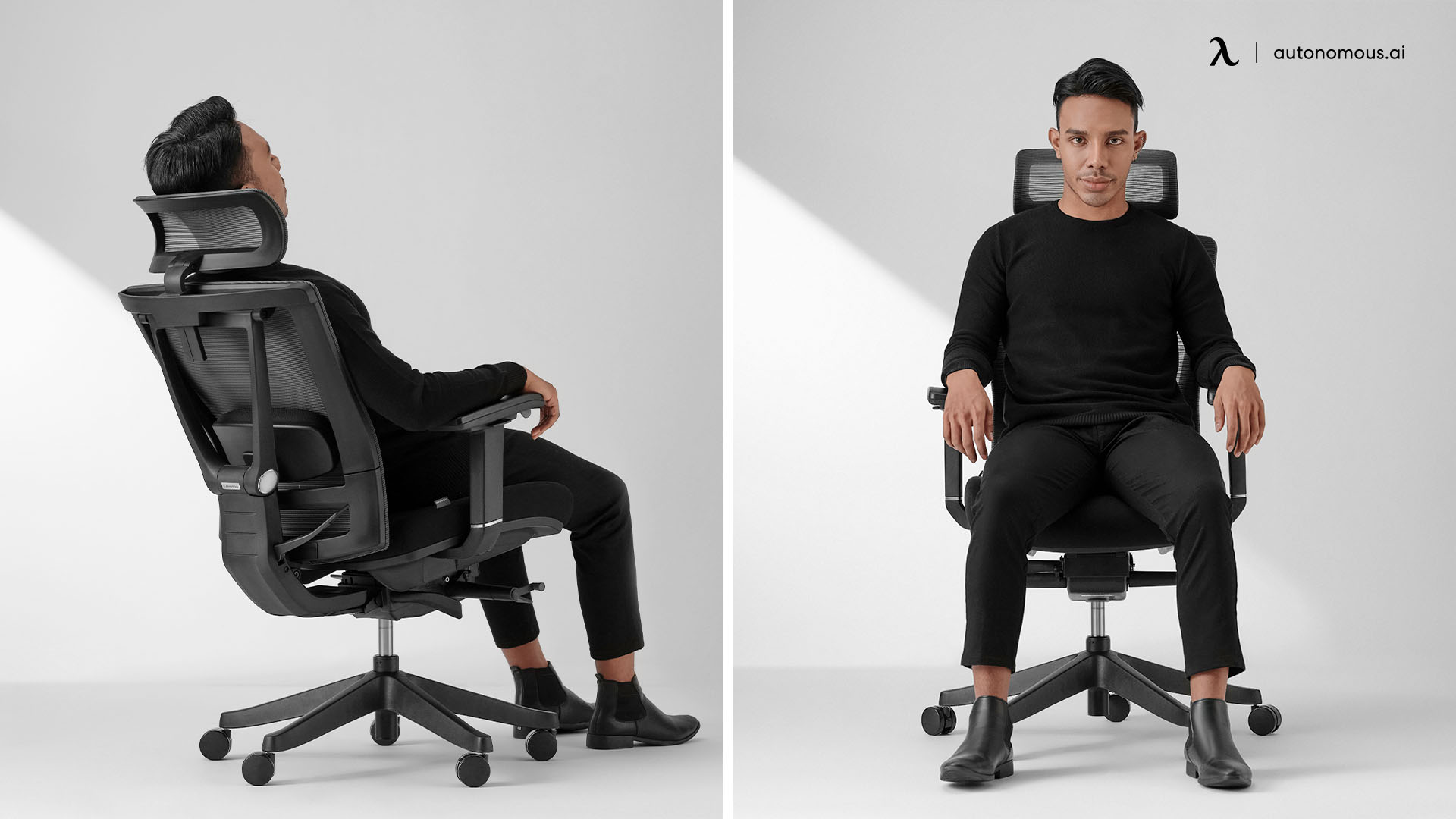Chair Types and Sciatica

Choosing the right office chair can be a game-changer, especially if you’re dealing with sciatica. The pain, that sharp, shooting sensation radiating down your leg, can seriously cramp your style (and your productivity!). Understanding how different chair types impact your posture and alleviate pressure points is key to finding your perfect match. Let’s dive into a comparison of popular office chair options and their effectiveness in managing sciatica.
Ergonomic Chairs and Sciatica
Ergonomic chairs are designed with your body’s natural curves in mind. They usually boast adjustable features like lumbar support, seat height, armrests, and backrest angle, allowing for personalized comfort and postural optimization. This customizability is crucial for sciatica sufferers, as it enables them to find a position that minimizes pressure on the sciatic nerve. The enhanced lumbar support provided by these chairs helps maintain the natural curvature of the spine, reducing strain and preventing nerve compression. However, finding the *perfect* ergonomic chair might require some trial and error, as the ideal settings vary significantly depending on individual body types and preferences. A poorly adjusted ergonomic chair might not offer any significant relief and could even worsen the situation.
Kneeling Chairs and Sciatica
Kneeling chairs encourage an upright posture by placing your weight on your knees and shins, reducing pressure on your lower back. This can be beneficial for some individuals with sciatica, as it helps to alleviate pressure on the sciatic nerve. However, this type of chair might not be suitable for everyone. Prolonged kneeling can be uncomfortable and potentially lead to other issues like knee pain. Furthermore, the lack of back support in many kneeling chairs might not provide sufficient support for those with severe sciatica. It’s best suited for individuals with mild sciatica who can tolerate the kneeling position and are comfortable maintaining good posture.
Gaming Chairs and Sciatica
Gaming chairs, known for their plush cushioning and high backrests, are often marketed as comfortable. While the cushioning can be a temporary relief, many lack the crucial adjustable lumbar support and proper ergonomic design needed for long-term sciatica management. The often-reclined posture encouraged by these chairs can actually exacerbate sciatica in some individuals, leading to further nerve compression. Therefore, while a gaming chair might offer temporary comfort, it’s generally not recommended as a long-term solution for sciatica. They’re better suited for short bursts of sitting, not extended periods of work.
Chair Dimensions and Sciatica Relief
The dimensions of your chair significantly influence its effectiveness in mitigating sciatica pain. Seat height, depth, and backrest angle are particularly important. An improperly sized chair can put undue stress on your spine and exacerbate your condition.
| Chair Type | Recommended Seat Height (inches) | Recommended Seat Depth (inches) | Recommended Backrest Angle (degrees) |
|---|---|---|---|
| Ergonomic Chair | 16-20 (adjustable) | 16-18 (adjustable) | 90-110 (adjustable) |
| Kneeling Chair | N/A (kneeling position) | N/A (kneeling position) | N/A (upright posture encouraged) |
| Gaming Chair | 17-21 (less adjustable) | 18-22 (less adjustable) | 90-135 (adjustable, but often lacks precise control) |
Beyond the Chair: Best Office Chair For Sciatica Pain

Yo, Jogja peeps! So you’ve got the perfect chair for your sciatica, right? Awesome! But guess what? Just the chair isn’t the whole story. Think of it like this: a sick guitar riff needs a killer amp and a great bassist to really shine. Your chair is the guitar – crucial, but it’s part of a bigger band. Let’s dial in the rest of your ergonomic setup to truly conquer that sciatica.
Best office chair for sciatica pain – Beyond the chair itself, your entire workspace setup plays a huge role in managing sciatica pain. Things like your desk height, monitor placement, and how you position your keyboard and mouse all impact your posture and can either help or hinder your recovery. Getting this right is as important as choosing the right chair, maybe even more so!
Ergonomic Workspace Design
Imagine this: your desk is at a height where your elbows are bent at a 90-degree angle when you’re typing. Your monitor is directly in front of you, at eye level, so you’re not constantly craning your neck. Your keyboard and mouse are close enough that you don’t have to reach, promoting a neutral wrist position. Your feet are flat on the floor or on a footrest, and you’re sitting upright but relaxed, with your back supported by your awesome new chair. This is your ideal ergonomic battle station – the perfect setup to minimize strain and promote healing. Think of it as your personal wellness sanctuary.
Posture and Core Strengthening Exercises
Proper posture and a strong core are your secret weapons against sciatica. A weak core means more stress on your spine, exacerbating pain. Here are some simple exercises you can easily incorporate into your daily routine:
These exercises, consistently performed, will strengthen your core muscles, improving your posture and reducing strain on your spine, leading to better sciatica management. Remember to listen to your body and stop if you feel any sharp pain.
- Pelvic Tilts: Lie on your back with knees bent and feet flat. Gently tilt your pelvis forward and backward, engaging your abdominal muscles.
- Bird-Dog: Start on your hands and knees. Extend one arm forward and the opposite leg backward, maintaining a straight line from hand to foot. Hold, then switch sides.
- Plank: Hold a plank position, keeping your body in a straight line from head to heels. Focus on engaging your core.
- Bridges: Lie on your back with knees bent. Lift your hips off the ground, squeezing your glutes. Slowly lower back down.
Lifestyle Choices and Sciatica Management, Best office chair for sciatica pain
Your lifestyle choices are another major player in this sciatica game. What you eat, how much you move, and how you handle stress all influence your pain levels. Here’s how to make some positive changes:
These lifestyle changes aren’t just about managing sciatica; they’re about overall well-being. Making these adjustments can significantly improve your quality of life and help you live more comfortably, even beyond sciatica management.
- Regular Exercise: Aim for at least 30 minutes of moderate-intensity exercise most days of the week. Think brisk walking, swimming, or cycling – activities that don’t put excessive strain on your back.
- Healthy Diet: Focus on nutrient-rich foods like fruits, vegetables, and lean proteins. Reduce processed foods, sugary drinks, and excessive saturated fats. A balanced diet supports overall health and can reduce inflammation.
- Stress Management: Chronic stress can worsen sciatica. Practice relaxation techniques like deep breathing, meditation, or yoga to manage stress levels. Even a short daily walk can do wonders for stress relief.
